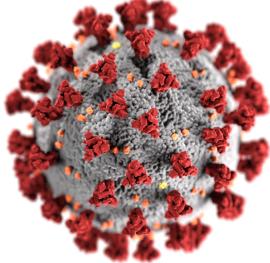2021-05-05
We have reported on the matter of the inaccuracy of the PCR test for Covid-19 before.
"The PCR test is not actually designed to identify active infectious disease, instead, it identifies genetic material, be it partial, alive, or even dead. PCR amplifies this material in samples to find traces of COVID-19"
"If someone is tested by PCR as positive when a threshold of 35 cycles or higher is used (as is the case in most laboratories in Europe & the US), the probability that said person is actually infected is less than 3%, the probability that said result is a false positive is 97%.” (source)
Now we have the CDC advising (some might say rather belatedly) how many amplification cycles should be used when running a PCR test for a "vaccinated" person.
Now, why might a vaccinated person need a different number of cycles from a non-vaccinated person? The result of running different numbers of cycles for different categories of persons is to make the test more or less sensitive for that category.
Thus if a non-vaccinated person is tested at 35 cycles, and a vaccinated person at only 28 cycles, more "cases" would be found in the non-vaccinated population than in the vaccinated population.
Why would the CDC want this result?
Collective Evolution have the story.



